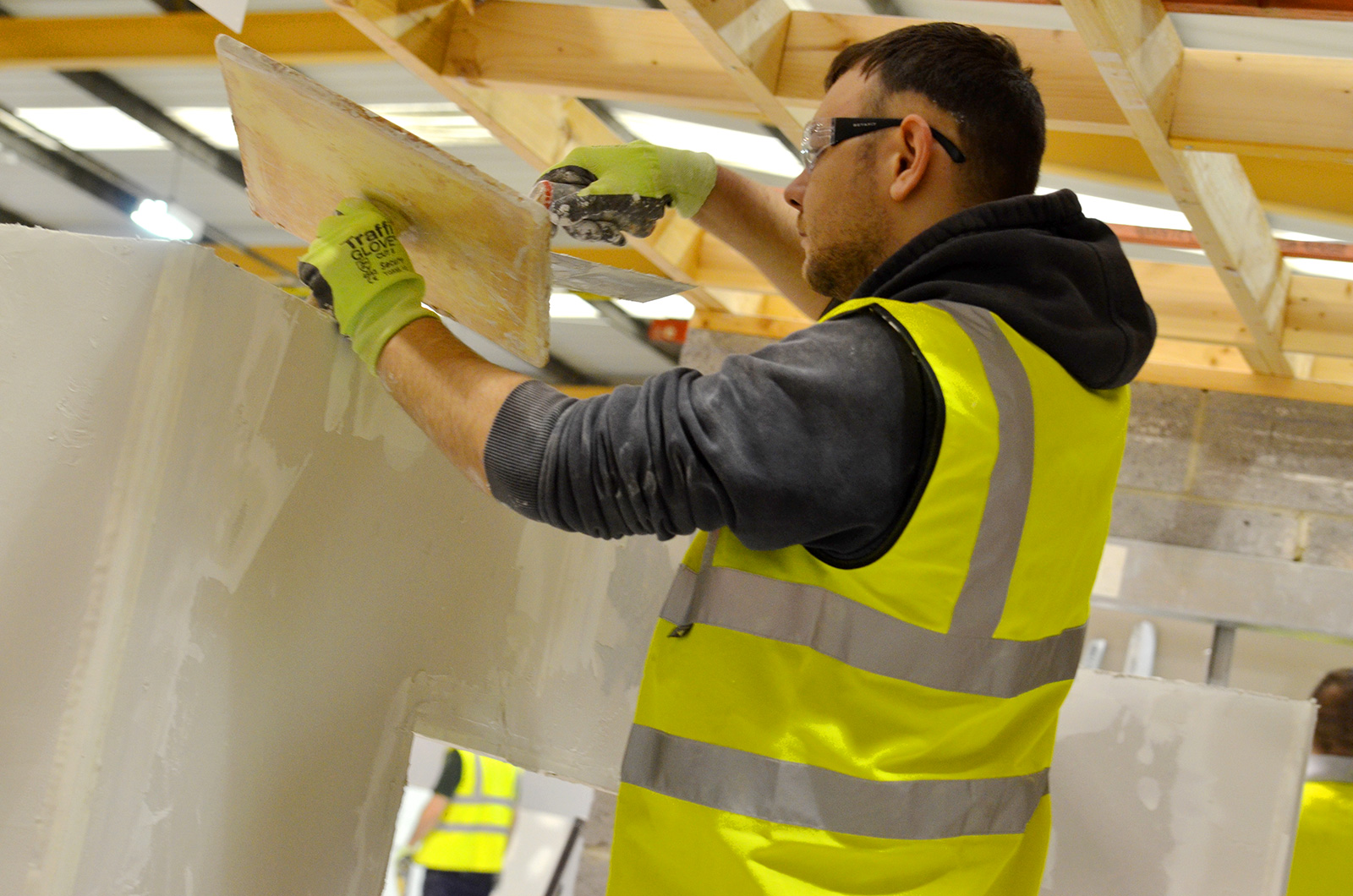The construction sector is in the grips of a skills shortage which is limiting construction activity and increasing labour costs at the same time. The Chartered Institute of Building (CIOB) has reported that the industry will need to find 157,000 new recruits by 2021 in order to keep up with demand. Kara Price and Sarah Wales, solicitors in Womble Bond Dickinson’s specialist construction team, look at how the recruitment of apprentices is one of the key ways in which the industry and the UK government are attempting to tackle this.
The apprenticeship levy
From 6 April 2017, changes in apprenticeship funding were introduced meaning that funding of new apprenticeships will now come from an apprenticeship levy rather than taxpayers. The levy is set at a rate of 0.5 per cent of an employer’s wage bill and is collected monthly via the Pay as You Earn (PAYE) mechanism.
The levy applies to companies of all sizes with annual payroll bills of £3m or more – less than 2 per cent of UK employers.
Is the apprenticeship levy working?
The initial figures haven’t been too promising – between August and October 2017 there were 114,300 apprenticeship starts (21,400 starts in August, 58,600 in September and 34,300 in October). These figures are significantly less than those reported at the same time in 2016, when there were 36,500, 74,400 and 44,800 starts respectively (according to the report Apprenticeship and levy statistics: January 2018, published by the Department for Education).
This sharp decrease in apprenticeship starts highlights the need to reform the apprenticeship levy system, according to the Federation of Master Builders (FMB).
How will the apprenticeship levy work alongside the CITB levy?
Based on current data, around 1 per cent of employers registered with the CITB will need to pay the apprenticeship levy. The CITB already collects a levy from construction employers with a wage bill of £80,000 or more, and the funds collected are invested back into the construction industry through training. Therefore, for the 2017/2018 financial year, employers with a payroll bill over £3m who are within the scope of the CITB levy will have to pay both levies.
Given the overlap between schemes, the CITB has commented that it is for the construction industry to decide what type of support they want for skills and training in the future. The CITB has set up a new employer-led Levy Working Party to consider the options for how the CITB levy can work alongside the apprenticeship levy with the possible implementation of a new CITB Levy Order for 2018.
While it is imperative that the apparent issues with the apprenticeship levy and the uncertainty around how the system is going to coincide with the CITB levy are addressed and resolved, more needs to be done so that the UK construction industry can continue to grow in the future.
What can you do?
There are a number of reasons why young people are not drawn to a career in construction. It is often seen as an uncertain sector – the demise of Carillion has reinforced this perception and there are public concerns over the impact of Brexit. In addition, school pupils are generally not aware of the variety of jobs available in the sector.
A key way to address these perceptions and to encourage more new talent into the construction sector is for people and businesses within the industry to engage with schools and colleges. More needs to be done to educate pupils, parents and teachers about what options are available and what a career in construction \ looks like.
There are many organisations linking businesses with schools and colleges, including the CIOB, the CITB and FIS, which has set out its Fit-Out Futures programme which brings together initiatives to boost skills development in the sector and attract new entrants. This is a national crisis which is impeding the growth of our sector. But this is also an opportunity for you to shape the future of the construction sector and the next generation of talent.


